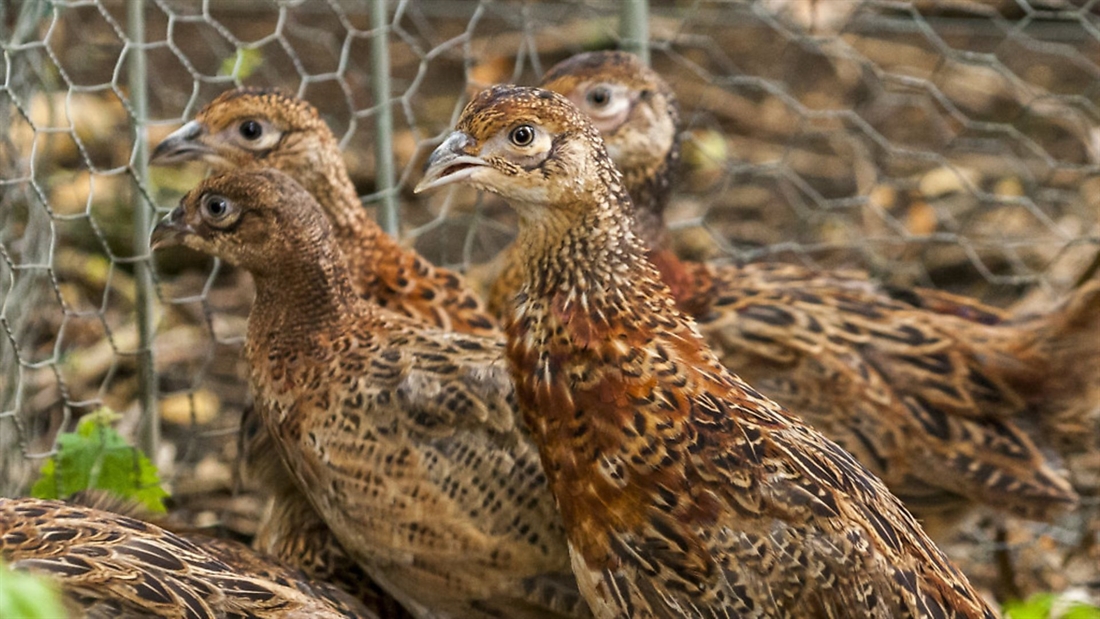What is Bulgy Eye?

Rita from Dalton’s Game Consultancy provides information on Mycoplasmosis (better known as bulgy eye) – an infection affecting mainly pheasants
Q: I rear 26,000 pheasants for the shoot and last year my birds had ‘bulgy eye’ at four weeks old. This year, I decided to change supplier and one of my first batches was affected again. Is ‘bulgy eye’ a new disease that we have to get used to?
RITA ALVES of Dalton’s Game Consultancy replies: Mycoplasmosis, the scientific name for ‘bulgy eye’, has been a growing problem seen on the rearing field and in released birds in the last years, mainly in pheasants.
Birds usually have swelling below the eye which is a result of an infected sinus. The infection is caused by a bacteria called Mycoplasma gallisepticum. Other respiratory signs include discharges from the nose and eye with one or both eyes and sinuses being affected, shaking of the head and coughing.
Infection is spread by direct contact between birds and infected chicks that hatch from eggs laid by infected hens. Clinical disease occurs in young rearing pheasants stressed by confinement and where the close contact increases the risk of the disease spreading. Control is very difficult because neither medication or vaccination clears up or prevents infection. Consequently, apparently healthy birds may be carriers of infection.
The disease for the chick supplier means losing customers the following year, even if they have given some sort of compensation. For the rearers, it may mean the slaughter of affected brooder huts; high cost of medication as usually more than one treatment is needed; and higher mortality rates – as many birds don’t respond to medication – which could result in them buying more birds or having to compensate shoots if they have delivered affected poults.
Why are we seeing Mycoplasmosis more often and why doesn’t it always respond to medication? There is ongoing research on cases which seem non-responsive to medication, where birds are screened for other respiratory diseases and antibiotic tests are done to understand which antibiotics are most effective in treating the disease. There is also research trying to identify the different strains involved, but more work needs to be done in this area.
Most of the research has been funded by the game bird industry, but perhaps we also need to look at how we can control this problem within the current system. Will we need to stop catching up birds and breed only from overwintered birds? Will we need to monitor our flocks for the disease, and cull infected birds to break the cycle of reinfection?
The game bird industry needs to acknowledge that this disease will be with us for a while. Sourcing, rearing, husbandry, biosecurity and traceability will all need to be reviewed to ensure the continued supply of healthy birds in the future.





